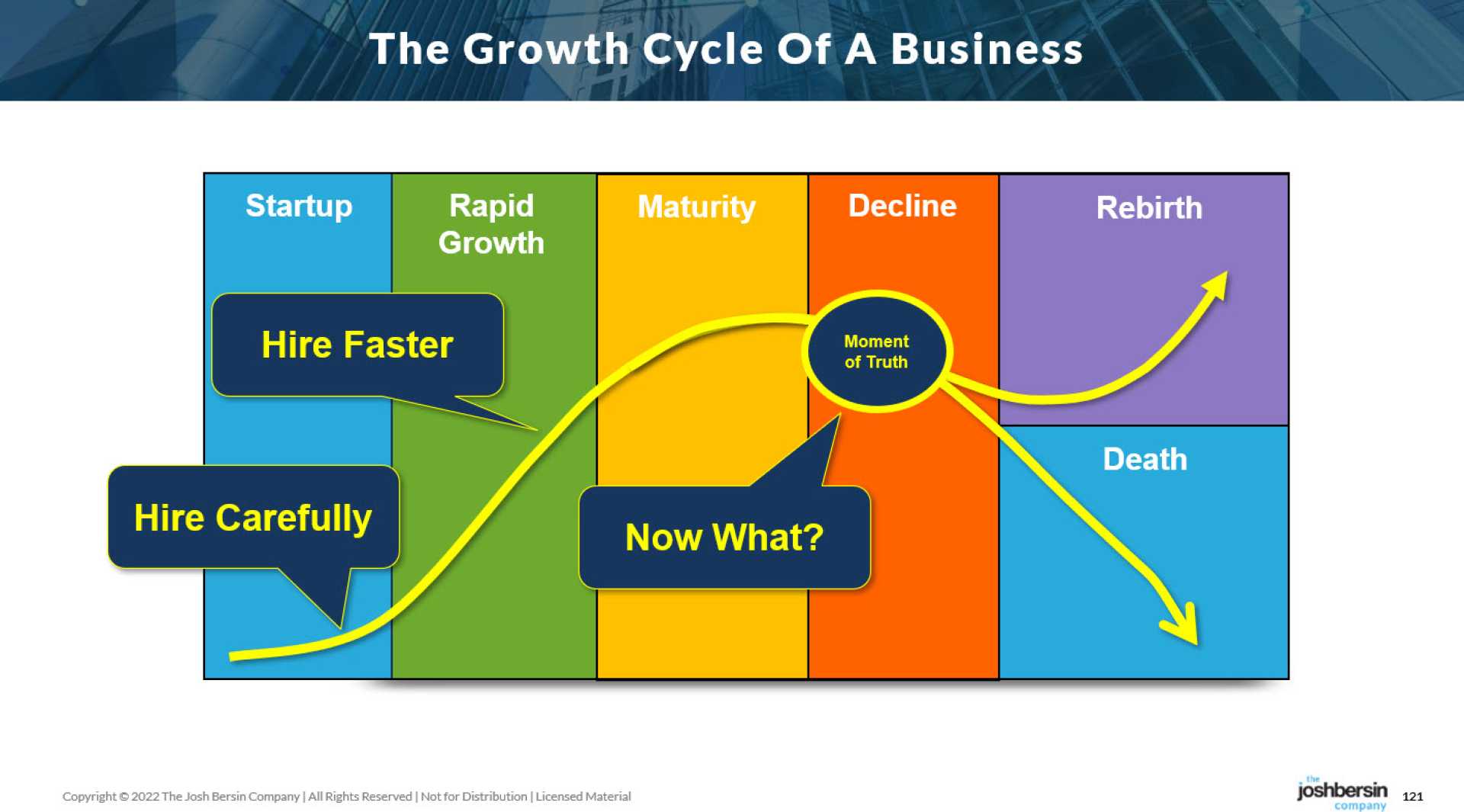Business
Corporate Shakeup: Impact of Laying Off Middle Managers on Work Culture

NEW YORK, April 8, 2025 — A significant wave of layoffs in American businesses is sweeping away middle management positions, accounting for over 30% of current white-collar job cuts. This movement towards operational efficiency by flattening organizational hierarchies threatens to disrupt workplace culture and performance, according to experts.
As companies increasingly ditch these vital roles, they risk creating vulnerabilities that could lead to burnout, communication breakdowns, and declining productivity. “This is not merely a temporary trend; it signifies a fundamental restructuring of business operations,” says an organizational consultant familiar with the shifting dynamics.
Research from McKinsey offers insight into this ongoing crisis, noting that middle management has faced a “sustained assault” over the past few decades, with heightened pressure resulting from initiatives aimed at structure simplification. The elimination of these positions has complicated workplace dynamics and overwhelmed remaining staff.
Forty-four percent of middle managers report that organizational bureaucracy is a leading source of their dissatisfaction, creating burdensome workloads and diminishing their capacity to lead their teams effectively. The fallout from removing middle management reverberates throughout an organization, impacting both frontline workers and executives.
For employees in entry-level roles, the disappearance of middle managers has left them with quasi-management expectations without the corresponding authority or compensation. They must coordinate tasks across departments while attempting to interpret directives from higher-ups, all without adequate support.
Meanwhile, surviving middle managers face intense pressure as they implement unpopular policies while bearing the brunt of overburdened employee demands. “It’s a three-way squeeze that affects every level of the business,” states a senior leadership expert.
Executives, too, suffer from the absence of middle management, losing the critical link that translates high-level strategy into actionable steps. Without this layer to provide feedback from the ground, senior leaders often navigate decision-making in an information vacuum, resulting in ineffective directives and goals.
A study indicates that managers account for at least 70% of the variance in employee engagement, underscoring the role that middle managers play in coaching and professional development. Their departure fosters an environment of inadequate support when guidance is most necessary. This impacts not only current performance but also future talent development within organizations.
A financial firm that eliminates its middle managers may realize the implications of such actions within just six months when its strategies don’t translate effectively at the operational level, leading to missed deadlines and frustrated teams. The ramifications of these disconnects underscore the essential role of middle management.
To mitigate risks stemming from these layoffs, some experts advocate for a more strategic approach, emphasizing the importance of redefining rather than eliminating middle management roles. This includes redistributing responsibilities formally, training remaining managers to handle expanded teams, and creating new feedback mechanisms to maintain information flow.
“Successful organizations recognize that middle managers are essential to operational health and efficiency,” asserts the consultant. “They are not mere cost centers but vital components of organizational success.”
Addressing the survival of remaining middle managers can lead to better understanding of resources and capabilities, while also curbing turnover and early burnout. As companies evolve under new operational structures, recognizing and recalibrating the roles of middle managers could allow organizations to offset potential pitfalls and strengthen workplace culture.












